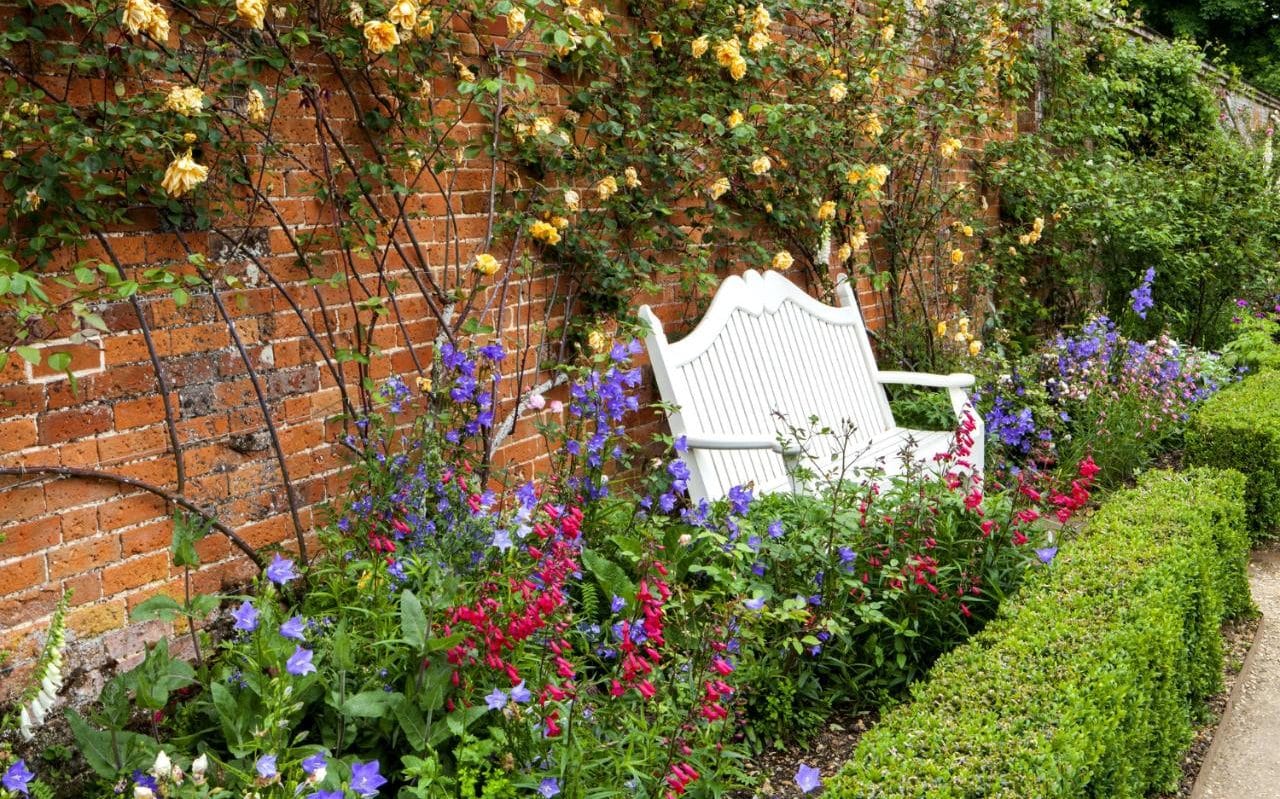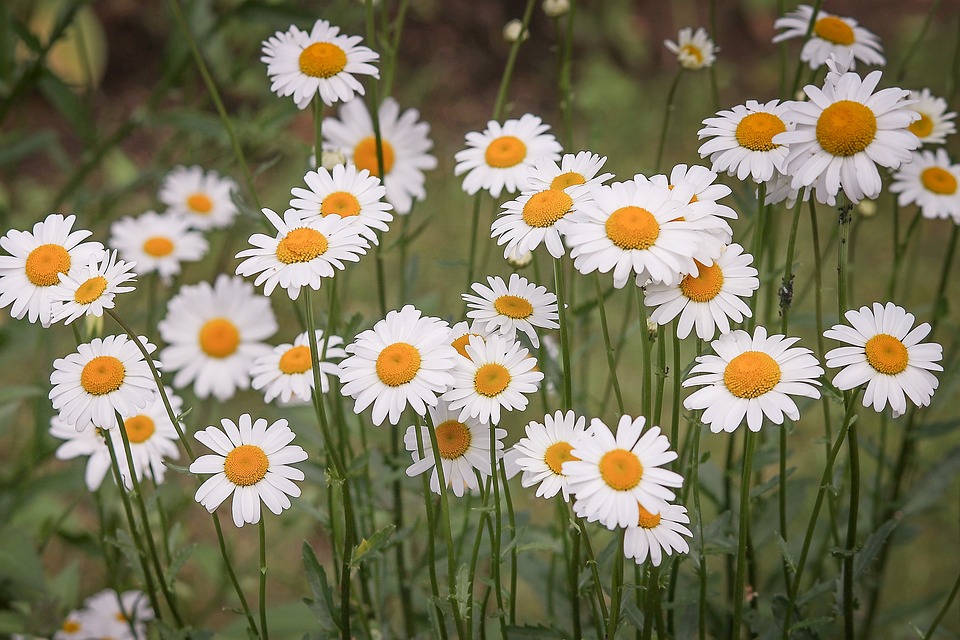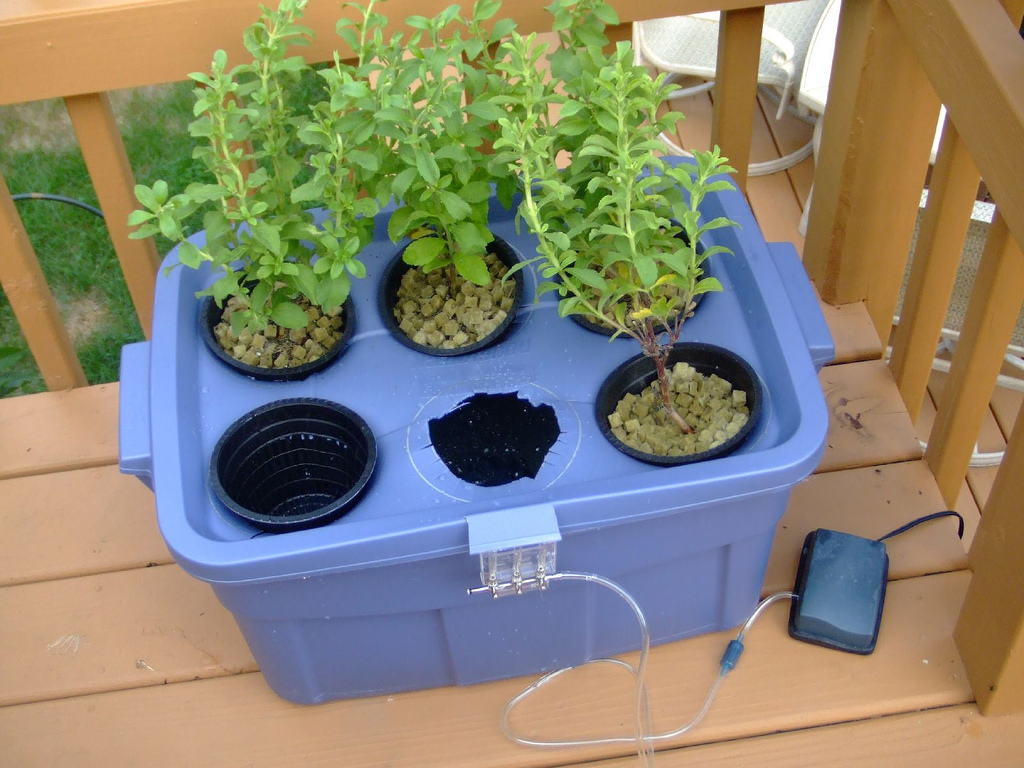Using indoor plants and flowers is a great way to embellish the quality of the home’s décor. It is known that most people prefer real plants rather than those which are fake. Most people love having an indoor plant and flora as not everyone has the space for a garden. House plants are beneficial when it comes to your home or office. They purify the air and turn into a healthy environment. This is probably because the plants naturally release fresh, clean oxygen into the air and give you that new air feeling when you do it right.
As a result, a whole new range of plants worldwide can now be successfully grown indoors. The next five plants I have selected here are all easy to grow and require only primary care.
Franco Ramosa
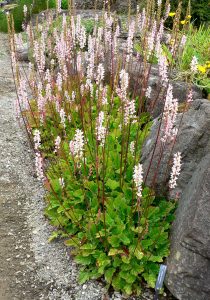
This plant (bridal wreath) of Chile produces ears of pink flowers in summer. It prefers a sunny but cold position—abundant watering in summer, moderate watering in winter. Repot in a larger container with fresh compost in early spring.
Fuchsia
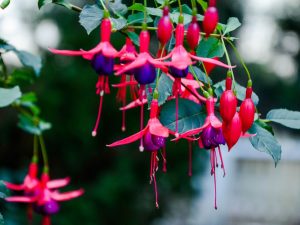
These popular shrubs (Lady’s Ear-Drops) are native to South America. They produce white, red, or blue flowers during the summer and prefer a cold room with good natural light and direct sunlight. They feed and drink regularly in summer. In winter, rest the plant in a cool place with just enough water to prevent it from drying out. Keep them tidy by pruning them in spring. Pinch the growing shoots to make them bushier.
Hibiscus rosa-sinensis
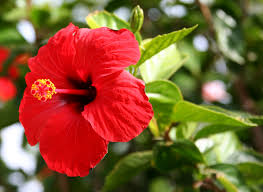
Also known as the Rose of China. It is a remarkable shrub with large exotic trumpet-shaped flowers bright red, pink, or yellow. The flowers tend to last only one day. However, the flowering period is quite long if the temperature remains constant. They need a place with intense natural light, with some direct sunlight. Avoid draughts. Feed them every ten days during the growing period—lots of water in spring and summer. Spray the leaves from time to time. Let the top of the compost dry between waterings. Keep a cool place during the winter, and keep the compost just moist. Proper pruning in the spring will prevent the plant from becoming sluggish.
Hippeastrum (Amaryllis)
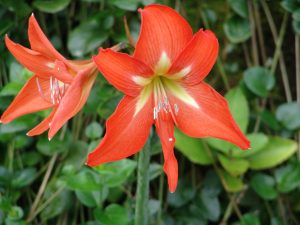
A plant with bulb, originating in South America. It overgrows and produces large trumpet flowers on stems of 2 feet high. The flowers are red, white and pink. They are bought as bulbs, some of which are specially prepared to bloom at Christmas. A bulb should be placed in a 5-inch pot, leaving half of the bulb above the compost. Place the pot in a warm place, away from direct sunlight, for a few weeks. Water sparingly at first, then increase the amount as you grow. Feed once a week as the flowers develop. Regular bulbs are potted in late winter. Christmas flower bulbs should be potted in early November. Continue watering until the end of July, then reduce until the end of September and finally stop. Keep the bulbs dry until growth resumes in February/March. Repot every two to three years.
Impatiens Sultani
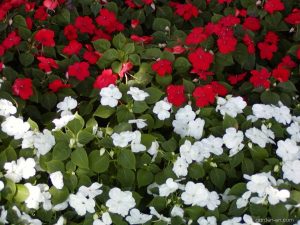
A trendy flowering plant that is perfect for window growing. The flowers are bright red, pink, or white and are produced during most of the year. Pinch the stems to make them bushier; the shoots removed for cuttings will root easily. Fast-growing, they like a warm, well-lit position, away from the sun—water well in spring and summer. Keep warm and moist in winter. Never let the compost dry out completely.
Primula
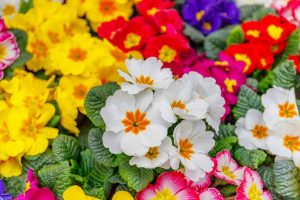
They are excellent houseplants. Most varieties of the large Primula family are widely considered annuals. Once they have bloomed, they are eliminated. With care, they can be kept until the next season. Store them in a cold, light, and frost-free place during the winter. Primula obconica is a popular choice because of its long flowering season. From mid-winter to early summer. The large flowers come in shades of red, pink, blue, or white. The almost circular leaves of Primula obconica have a long hairy trail, to which some people are allergic. It is advised to wear suitable gloves to look after this plant. They need a position that gives them excellent natural light and a certain amount of sunshine. In warmer rooms, place the pot on a damp pebble tray to provide moisture. Water well, but avoid getting the leaves wet.

